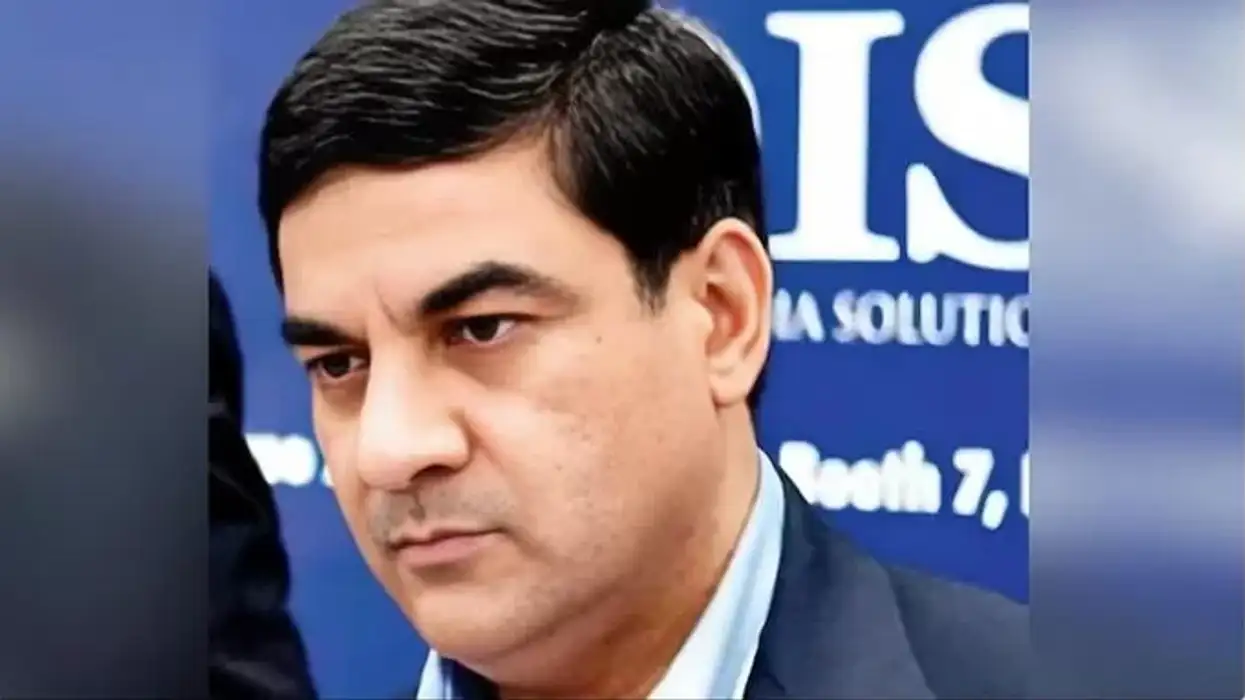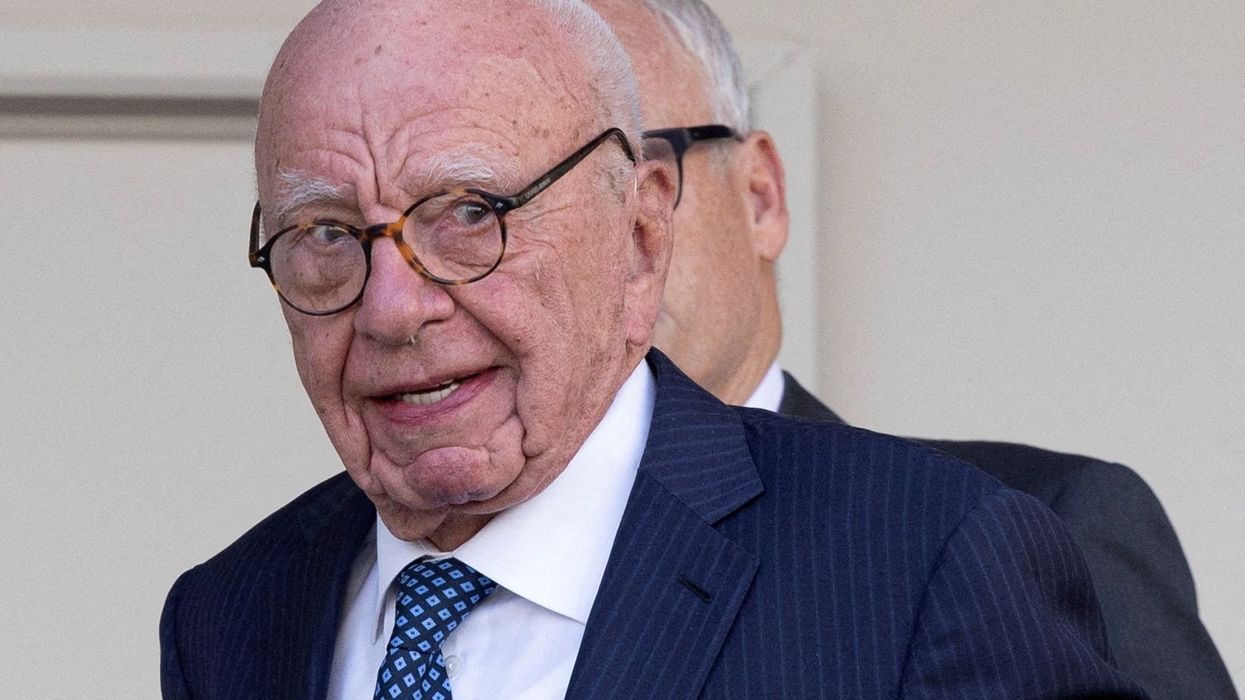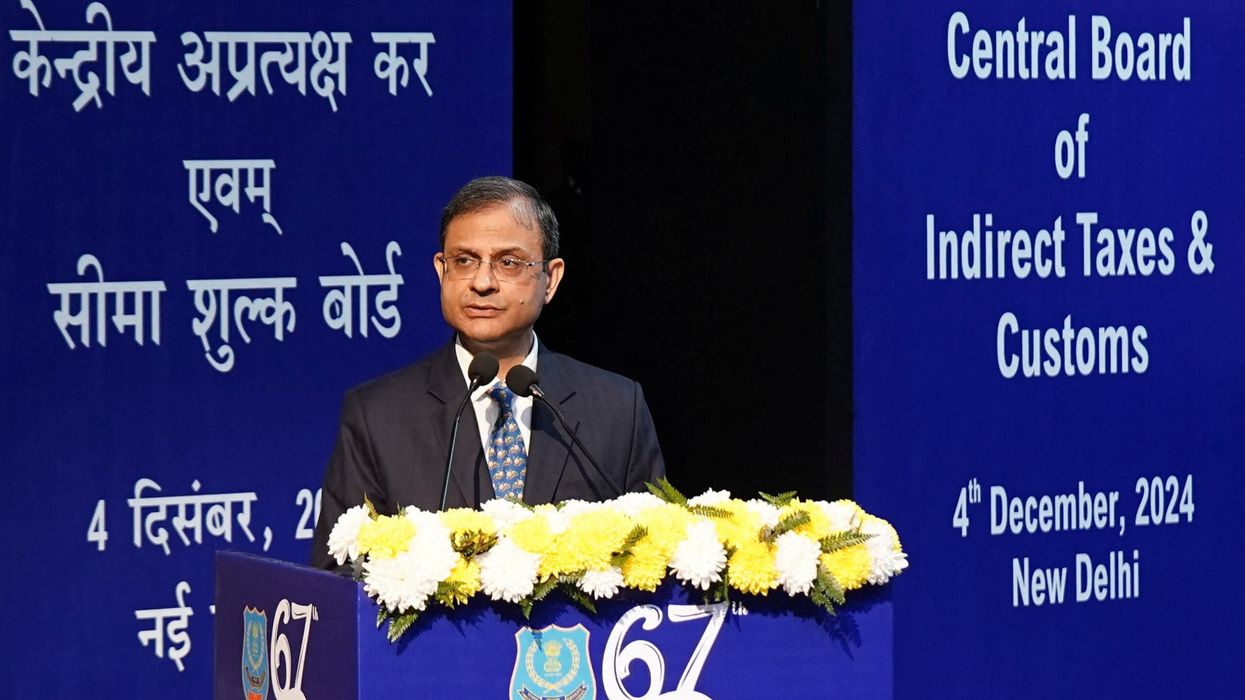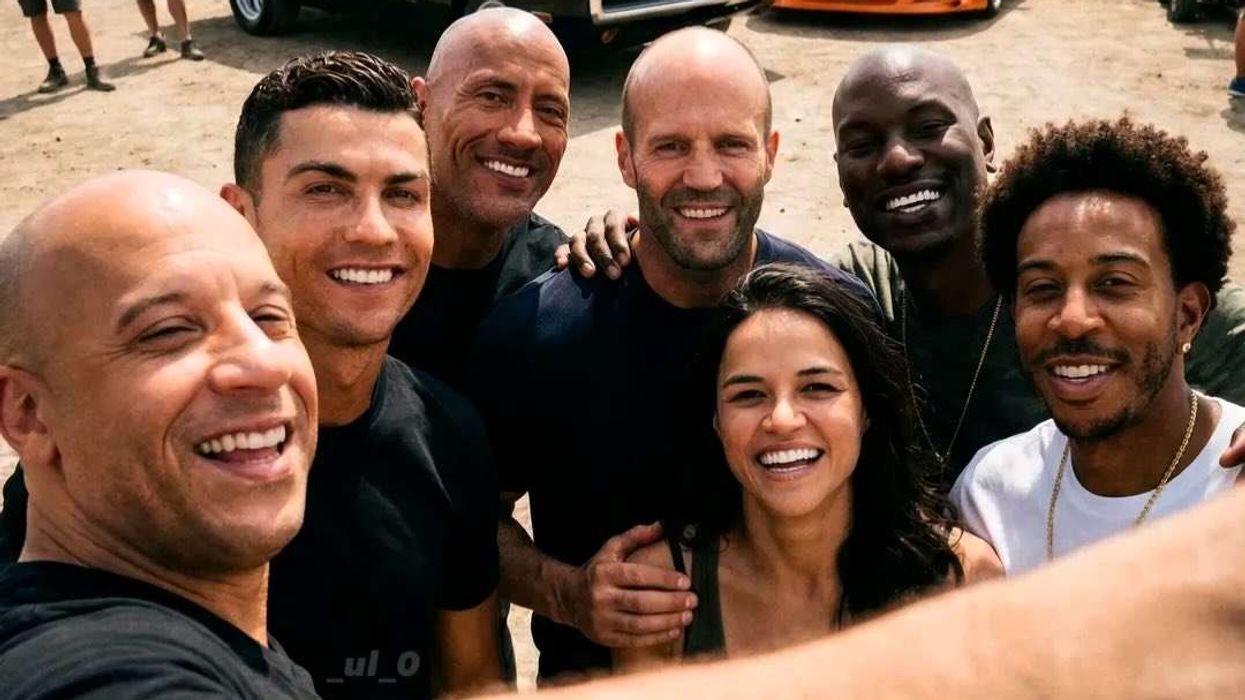A THANKSGIVING letter written to a cabinet minister by GFG Alliance boss Sanjeev Gupta over the sanction of loans has kicked up a fresh controversy in the UK’s Covid assistance scandal.
In 2020, Gupta wrote to Nadhim Zahawi, the business department minister at the time, and appreciated his “instrumental” role in helping Greensill Capital secure the 400 million loans, media reports said.
Greensill was the main backer of Gupta’s metals empire but the finance company collapsed last year and became the subject of an investigation by the Serious Fraud Office.
Zahawi was also invited to join a ‘small gathering’ organised at Liberty Steel’s plant at Rotherham to “mark the special moment”. The steel company is part of GFG.
“Since you were personally instrumental in getting the BBB’s approval for Greensill Capital to provide financial assistance under the [Covid business loan] programme, it would be very fitting if you could join us to mark this special moment that provides relief to thousands of workers,” Gupta is believed to have told Zahawi in the letter.
However, Zahawi, who is now the education secretary, denied the suggestion that he played a role in the sanctions of the loans. He said the letter was “little more than flattery”.
The loans were approved by the BBB (British Business Bank), a state-owned economic development bank.
A reply to a freedom of information request confirmed some sort of communication took place between Gupta and Zahawi, although it did not reveal the date.
“A text exchange or phone call between Sanjeev Gupta and Nadhim Zahawi took place at an unknown date” in relation to “Covid assistance”, The Times reported, referring to the freedom of information replay.
However, Zahawi’s spokesperson said the government was in no way involved in the sanction of the loans.
“The decision was taken independently by the British Business Bank, in accordance with their usual procedures,” the spokesperson said, according to The Times.
Site Navigation
Search
Latest Stories
Start your day right!
Get latest updates and insights delivered to your inbox.
Related News
More For You
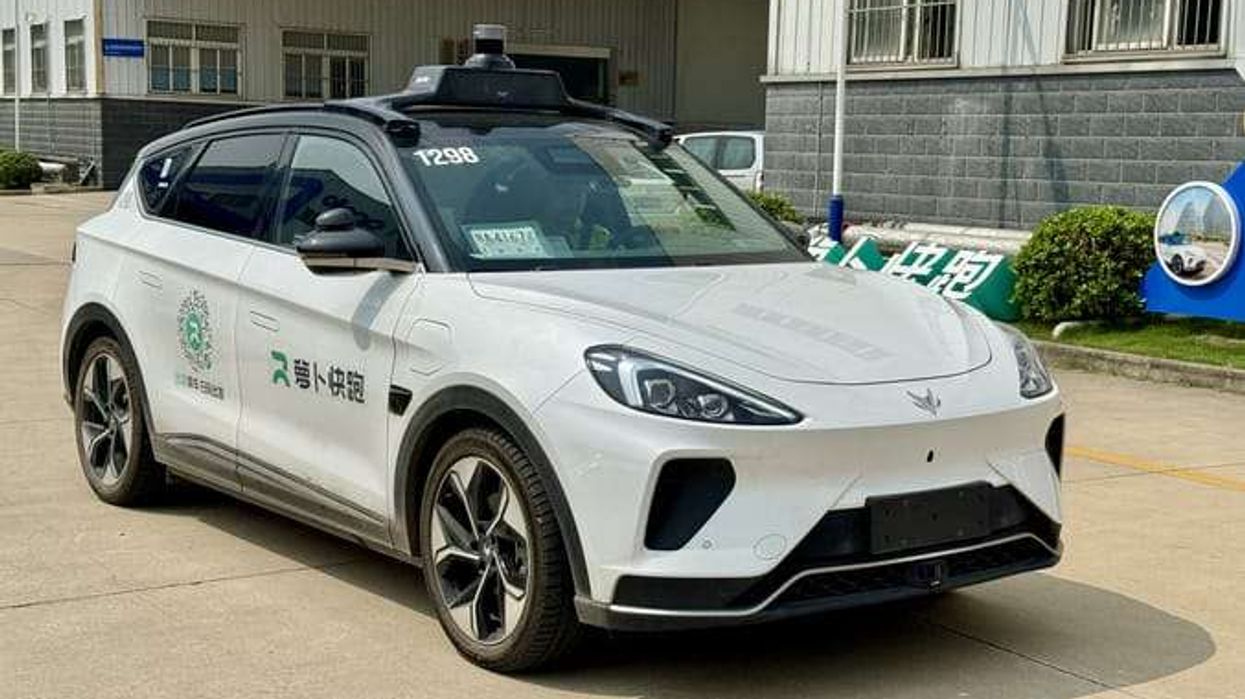
Uber and Lyft are seeking regulatory approval to test Baidu's Apollo Go robotaxis, which already operate in dozens of cities
iStock
Uber and Lyft to trial Chinese robotaxis in London from 2026
Dec 23, 2025
Highlights
- Uber and Lyft seeking regulatory approval to trial Baidu's driverless taxis in London from 2026.
- Transport Secretary backs self-driving vehicles as nearly 60 per cent of Britons express discomfort with robotaxis.
- Baidu's Apollo Go service already operates in dozens of cities across China with millions of rides completed.
Chinese-made autonomous taxis could begin operating on London's streets as early as 2026, following announcements by ride-sharing giants Uber and Lyft of partnerships with Chinese technology firm Baidu to trial driverless vehicles in the UK capital.
Both companies are seeking regulatory approval to test Baidu's Apollo Go robotaxis, which already operate in dozens of cities, predominantly in China, and have accumulated millions of journeys without human drivers.
Transport secretary Heidi Alexander welcomed the development as "another vote of confidence in our plans for self-driving vehicles," stating in a post on X "We're planning for self-driving cars to carry passengers for the first time from spring, under our pilot scheme harnessing this technology safely and responsibly to transform travel."
Uber announced plans in June to bring forward its UK driverless car trials as the government accelerated its framework to permit pilots of small autonomous commercial services resembling buses and taxis in 2026.
"We're excited to accelerate Britain's leadership in the future of mobility, bringing another safe and reliable travel option to Londoners next year," the company said regarding its Baidu partnership on Monday.
Lyft revealed in August its intention to deploy driverless taxis in the UK and Germany through a European agreement with Baidu. The company already operates autonomous rides in Atlanta, while Uber runs a robotaxi service in partnership with Waymo in the same city.
Lyft chief executive David Risher stated in a post on X that London passengers would be "the first in the region to experience Baidu's Apollo Go vehicles." If approved, Lyft's initial fleet of dozens of Apollo Go vehicles would begin testing next year "with plans to scale to hundreds from there."
Safety concerns raised
A YouGov poll in October found nearly 60 per cent of UK respondents would not feel comfortable riding in a driverless taxi under any circumstances, while 85 per cent said they would choose a human-driven cab if offered the same price and convenience.
Professor Jack Stilgoe of University College London cautioned that driverless cars "can't just scale up like other digital technologies," noting a substantial difference between test vehicles and a fully developed transport system.
Concerns persist about safety incidents, including autonomous vehicles trapping passengers and causing congestion, with Waymo reportedly suspending its San Francisco service on Saturday during a power cut.
Keep ReadingShow less
Most Popular
Current Issue
×
Terms and Conditions
By clicking the 'Subscribe’, you agree to receive our newsletter, marketing communications and industry
partners/sponsors sharing promotional product information via email and print communication from Garavi Gujarat
Publications Ltd and subsidiaries. You have the right to withdraw your consent at any time by clicking the
unsubscribe link in our emails. We will use your email address to personalize our communications and send you
relevant offers. Your data will be stored up to 30 days after unsubscribing.
Contact us at data@amg.biz to see how we manage and store your data.
© Copyright 2025 Garavi Gujarat Publications Ltd & Asian Media Group USA Inc
